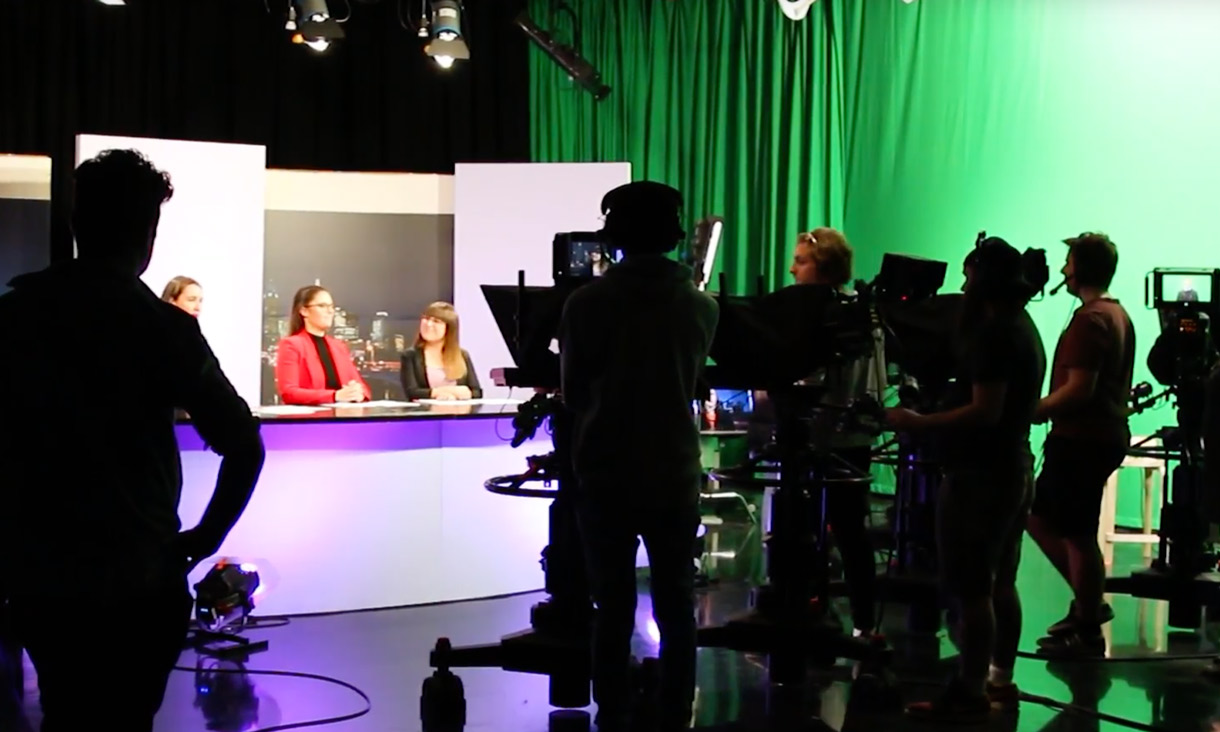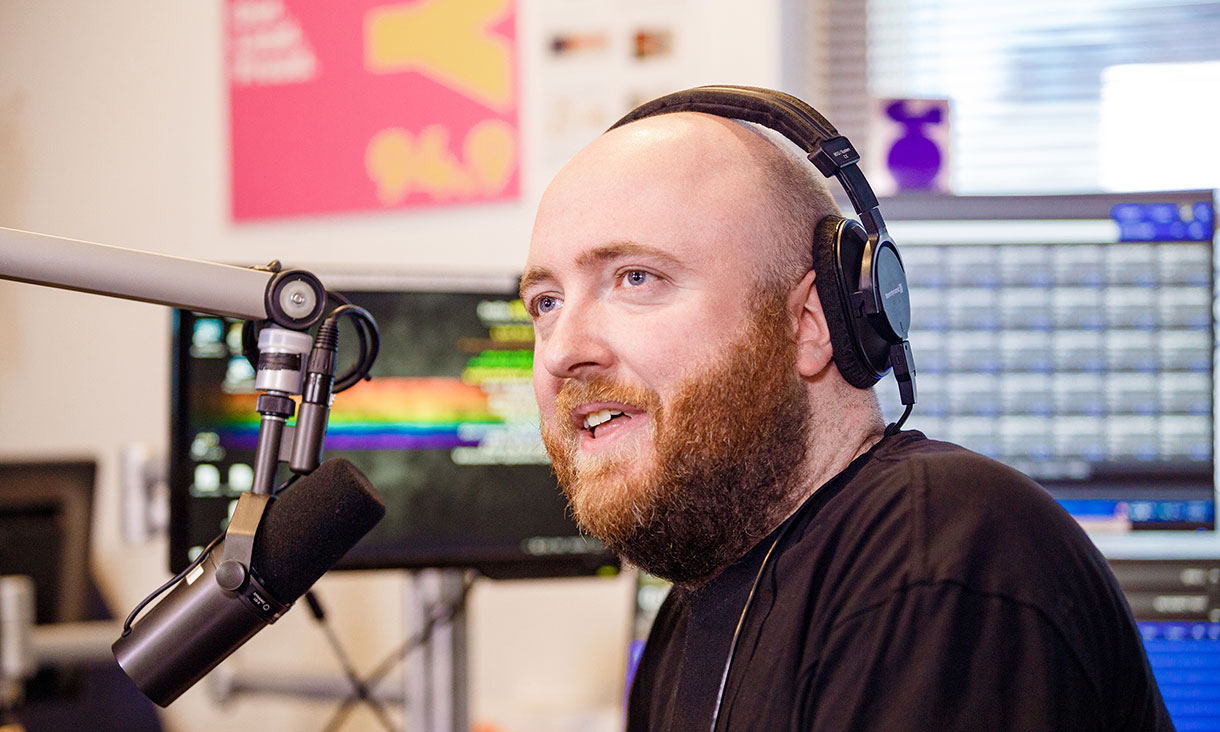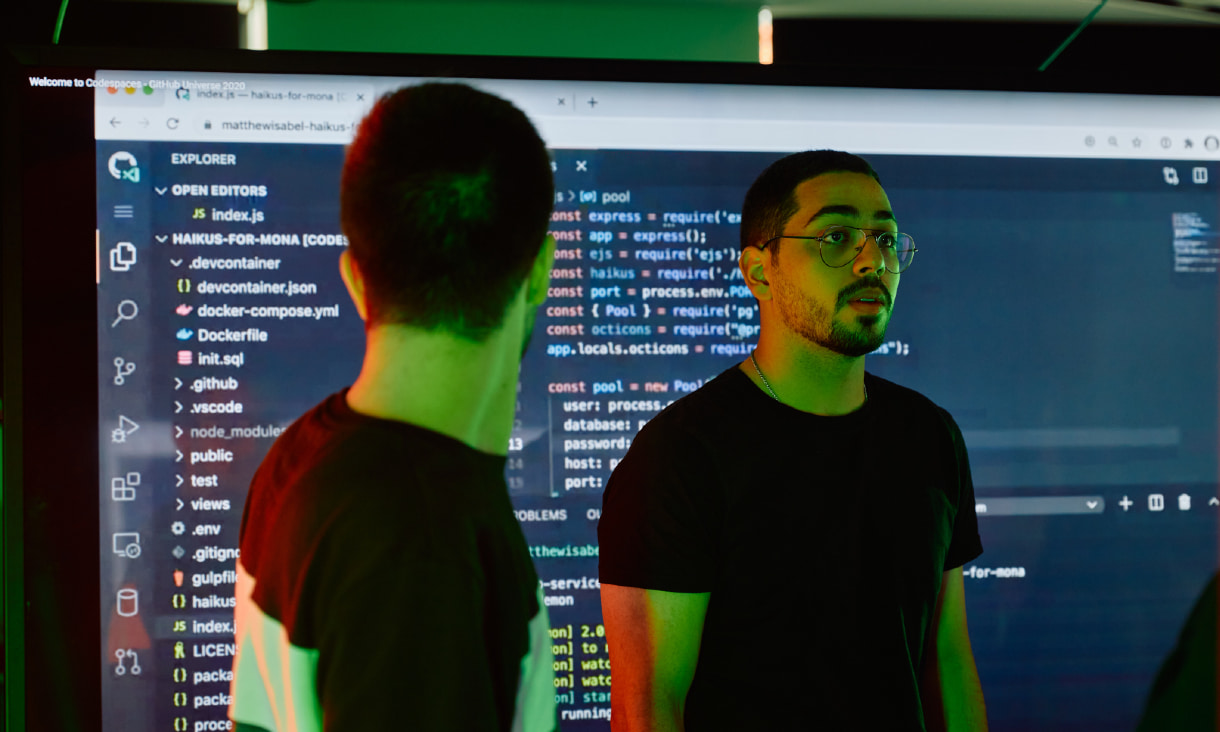
The media jobs evolution
A changing media job landscape is leading to exciting opportunities for professional communications graduates.
A changing media job landscape is leading to exciting opportunities for professional communications graduates.

A changing media job landscape is leading to exciting opportunities for professional communications graduates.
A changing media job landscape is leading to exciting opportunities for professional communications graduates.
A changing media job landscape is leading to exciting opportunities for professional communications graduates.
Some of Australia’s traditional and long-standing news media outlets have faced significant digital disruption and organisational restructuring in recent years. Before its merger with Channel Nine, Fairfax Media made 125 full-time editorial positions redundant in 2017, and cut its overall editorial budget by $30m. Between 2016 and 2018, News Corp set a course to reduce its Australian business costs by $40 million. The picture is similar at the ABC, with jobs in TV news, radio and content divisions cut over the past two years.
Despite the ongoing shake-up, students with a passion for news and current affairs are finding the silver lining, with new opportunities emerging through the disruption. Dr Bruce Berryman, Program Director Professional Communication in RMIT University’s School of Media and Communication, says the doom and gloom reportage often overlooks the ways in which the media – and media-based employment – is evolving.
“It’s not so much that media jobs are drying up as they are changing,” he said. “Everybody is revisiting what journalism is at this point. And media jobs have appeared that didn’t exist a decade ago, many of them relating to social media, such as roles in stakeholder engagement, end-user experience, and ways in which stakeholders communicate with clients, consumers and audiences. They’re the ones that have been growing, and those are the ones in which our graduates excel.”
The Bachelor of Communication (Professional Communication) has been part of RMIT’s School of Media and Communication for more than 30 years, but the course has never been more relevant. While Bachelor of Communication students can still choose to specialise in what Berryman refers to as the four “heritage media disciplines” – Journalism, Public Relations, Advertising and Media – the Professional Communication degree allows students to learn about and experience the ways in which the four interlink.
In an evolving media landscape, understanding and being able to function effectively in workplaces in which those disciplines overlap is critical for graduates seeking media-based employment.
“Our job within Professional Communication is to respect the differences between the disciplines while working with what is shared,” Dr Berryman said. “At the end of students’ degrees they usually have one area that is foregrounded, but having said that the kind of work they come up with [during the course] is very much interdisciplinary.”
Clearly, much of the recent change traditional media has undergone has been a result of the impact of the digital revolution. News sources are often social, free or low-cost, while major digital-based social media entities have become central to the ways in which businesses operate, affecting disciplines such as Advertising and Public Relations. And it is not uncommon for Journalism graduates to later find themselves in employment that hybridises their journalism practice with what would been seen as traditional marketing and public relations activities, along with their digital know-how.
“Our graduates have strong digital technical skills and can look beyond disciplinary boundaries. They are not coders, but they have worked with these technologies so they have more than a conceptual understanding of them. And they can do it all within a broader team because, in some workplaces, PR, Advertising and Journalism come together. This degree puts them together and offers that flexibility.”
Berryman points out that Professional Communication offers the most flexibility, but Bachelor of Communication students engaged directly with one of the heritage disciplines still have the opportunity, through shared work, to rub shoulders with students from other disciplines. Along with Professional Communication graduates, they are well equipped for the evolving media job market.
An international focus, internships and mentorships are key components of the Professional Communication degree – and can lead to significant opportunities. Recent graduate Mim Kempson Anda went on exchange to Canada where she wrote a weekly column for Concordia University’s student publication. While in Canada, RMIT offered her the opportunity to be mentored by Robert Thomson, CEO of News Corp. The company went on to link her with Vogue magazine, and she commenced an internship with Vogue Australia upon her return home.
“The connections RMIT has with institutions around the world are invaluable," Kempson Anda said.
Those international connections also extend to having Professional Communication students from RMIT’s Vietnam campus visiting Australia and adding their international viewpoints to the local course.
“You see where other people are coming from and how that might influence the work you produce for international clients, and the way you engage with different audiences, consumers and communities,” Berryman said.
RMIT’s partnerships with ANZ Bank and the ABC are also vital in providing industry opportunities to Professional Communication and other Bachelor of Communication students. The ANZ partners with Professional Communication students completing their final-year projects, offering them the opportunity to work on real world, client-based content provision. RMIT also partners with the ABC on RMIT ABC Fact Check, which aims to determine the accuracy of claims made by politicians, public figures, advocacy groups and others engaged in public debate.
“That partnership is a fantastic opportunity for students to really understand what research is, and the importance of backing up grand statements with evidence,” Berryman says, adding that, in the wake of the digital revolution, media relativisation should be guarded against.
“In the same way that we shouldn’t get swept up in ‘doom and gloom’ about media jobs, we shouldn’t get swept up in the idea that ‘everything is digital now so everything has the same value’. We need to understand the differences [in media content] and disciplines, and that ethical considerations and the need for deep research are important.”
Story: Paul Mitchell


Acknowledgement of Country
RMIT University acknowledges the people of the Woi wurrung and Boon wurrung language groups of the eastern Kulin Nation on whose unceded lands we conduct the business of the University. RMIT University respectfully acknowledges their Ancestors and Elders, past and present. RMIT also acknowledges the Traditional Custodians and their Ancestors of the lands and waters across Australia where we conduct our business - Artwork 'Luwaytini' by Mark Cleaver, Palawa.
Acknowledgement of Country
RMIT University acknowledges the people of the Woi wurrung and Boon wurrung language groups of the eastern Kulin Nation on whose unceded lands we conduct the business of the University. RMIT University respectfully acknowledges their Ancestors and Elders, past and present. RMIT also acknowledges the Traditional Custodians and their Ancestors of the lands and waters across Australia where we conduct our business.